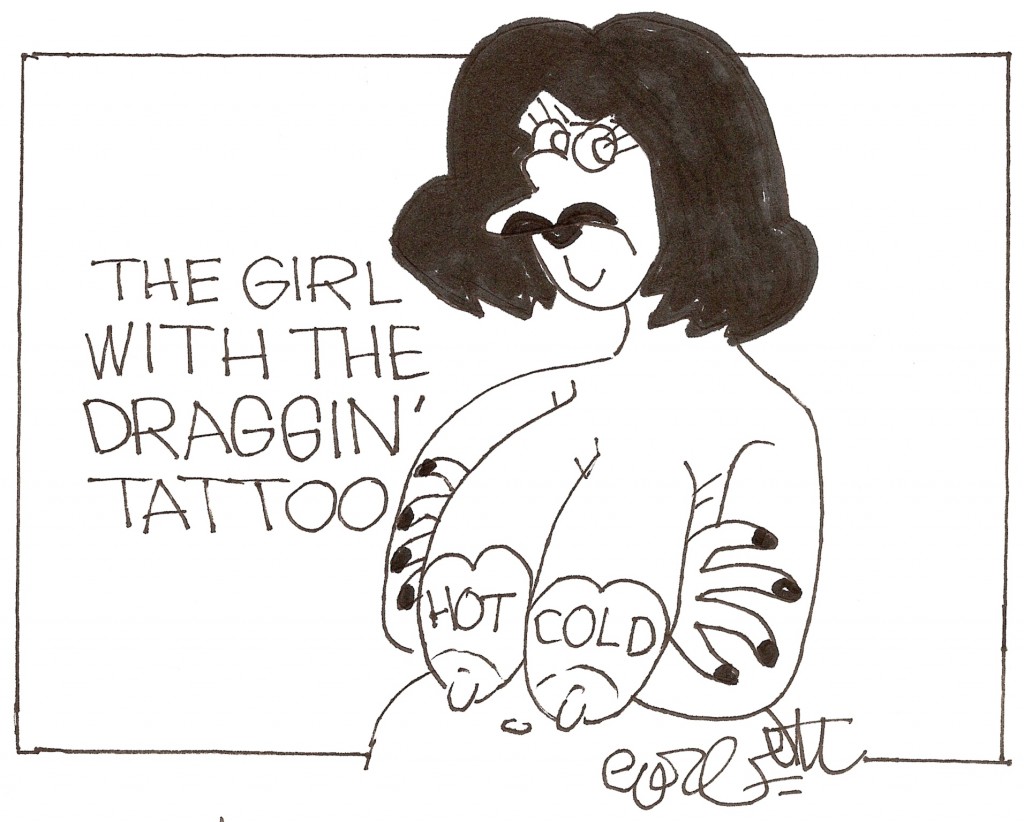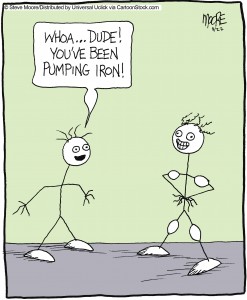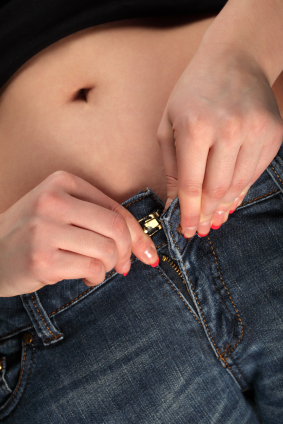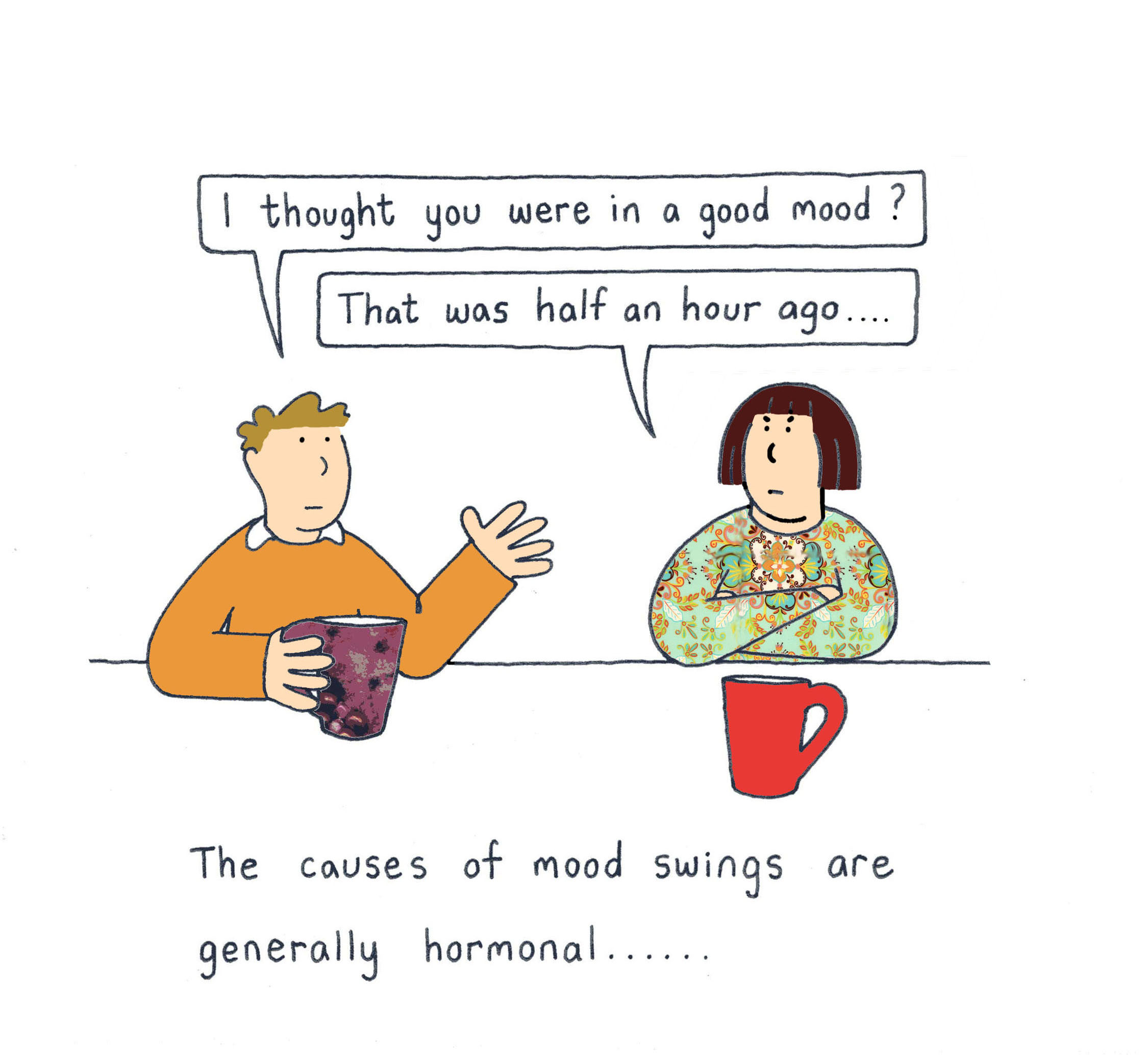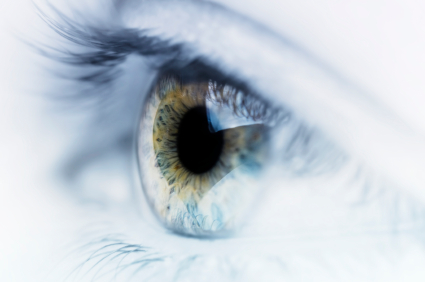Friday Folly: Showing your age?
I have been wanting to use this cartoon on Flashfree for some time now.
Today seemed like as good a day as any.
Cheers!!
Read More
You don’t need ripped; you just need to get it right
There are some days when growing older simply feels like a big old pain in the butt. Despite the wrinkles, grey hairs and even sags in places we didn’t know could sag, there are important steps you can take to keep some parts of the aging process at bay, such as a loss of muscle. And while many of us stay strapping until about the age of 40, after that time there is evidently a progressive decline in muscle, leading to eventual weakness, slowing of movement and even disability. Have you ever observed an elderly person trying to rise from a chair or climb the stairs? It’s tough to watch, right?
Fortunately, researchers say that there are a few steps that you can take to slow the process and protect what you have, even if you are past the age of 40. Mind you, the rate at which muscles age can vary widely between individuals and genetics do play a role. In fact, genetics may be responsible for more than half of muscle variance and this variance is evidently is driven by your mother’s genes; not only is her longevity predictive of how long you might live but it also affects muscle size and strength as you grow older.
Not surprisingly, hormones also play a role. Darn, that estrogen keeps rearing her ugly head! Indeed, it appears that not only do declines in estrogen impact skeletal muscle structure but also function, robbing women of the much needed ability to keep muscles tense when they need to be.
Still, researchers say that there are still opportunities to modify the trend.
- Nutrition is important. You’ve heard the caloric restriction can prolong life, right? But it’s not without risk and researchers say that lower food intake can lead to reduced nutrient intake, which actually boosts systemic inflammation, a culprit in muscle loss as well as a host of other illnesses. But supplementing with antioxidants, incorporating omega-3s into the diet and focusing on amino acid, leucine rich foods, such as cottage cheese, egg whites, low-fat beef, fish, chicken, lentils and soybeans (all of which provide ample protein) may hep to reduce inflammation, improve muscle function (namely the functioning of muscle fibers) and boost muscle size.
- Physical activity is key! Exercise actually reduces low-grade systemic inflammation that plagues our bodies as we age. And, it directly benefits skeletal muscle by helping to maintain the function of muscle fibers, attenuate the loss of muscle units and help reduce the loss of cells that are important for muscle regeneration. Regular exercise may also help the body to oxygenate muscles and tissues, another factor that declines with aging.
Listen up! Keeping muscles strong and healthy doesn’t mean that you need ripped. However, what it does mean is that you need to get it right. Exercise your brain on this one, make sure that you are getting proper nutrition and move your body. And start now; not when you are sitting in that chair struggling to get up.
Read More
Resilience, illness and community
 This week I called on your help. And you answered by sharing Wednesday’s Team Brilliant post, joining the community, sharing via Facebook and Twitter, donating and buying tee shirts. I am honoured and wowed. Which is why I want to this little gem with you: when you are ill, your resilience appears to highly related to social support, along with the ability to cope, finding benefit in your experience, however difficult, and perception.
This week I called on your help. And you answered by sharing Wednesday’s Team Brilliant post, joining the community, sharing via Facebook and Twitter, donating and buying tee shirts. I am honoured and wowed. Which is why I want to this little gem with you: when you are ill, your resilience appears to highly related to social support, along with the ability to cope, finding benefit in your experience, however difficult, and perception.
So, what is meant by ‘resilience?’
Across the literature and across different illnesses, resilience in the form of adversity refers to one’s capacity to successfully maintain or regain one’s mental health and attitude. It relates to hope, empowerment, acceptance of hardship and determination. Anticipating and envisioning a ‘healthy self’ in the future can help us see past current and immediate physical or illness hardships.
Social support from family and friends also plays an essential role. Social support has been associated with better psychological health, finding benefit in one’s situation, hardiness and self-esteem. Moreover, studies show that social support actually boosts success in living with an illness.
Over the past several weeks, we have seen that in action, as a community of people, many with only two people in common, joined together to help and support someone with a critical illness in need. When I asked that person how that effort impacted his outlook, he told me that he looked forward to the future when he could pay it forward.
Social support is powerful. According to a recent review in Psychosomatics Journal, “social support is clearly vital to most patients to enhance resilience.” The researchers say that factors that further enhance this support include active coping, positively assessing one’s situation, acceptance, and spirituality. Ultimately, these factors in concert can help many individuals with illness form a new framework, identify new and positive inner strength that they never realized they were capable of and even improve overall functioning.
Goethe once wrote “The world is so empty if one thinks only of mountains, rivers & cities; but to know someone who thinks & feels with us, & who, though distant, is close to us in spirit, this makes the earth for us an inhabited garden.”
Whose garden will you inhabit?
p.s. Julie Pippert. I have a tee shirt for you.
Read More
Battle of the midlife bulge: diet+gender=
I am on a roll! On a roll around my midsection, that is.
Ever wonder why women may be likelier than men to gain fat in their abdominal area, especially as they go through menopause? Yup, we’ve talked lots on Flashfree about estrogen, exercise and even stress and the release of cortisol and how they affect that growing tummy donut. However, researchers are now adding another factor into the mix that may occur especially in women: a high-fat diet. Mind you, this particular study, which is published online in Diabetes journal, was conducted in mice so it’s way too early to comment on how the findings affect actual humans. But what it does imply is that diet might not be the only factor at play and in women, genetics and gender play an equally important role.
Researchers say that when female mice were fed a high fat diet, it triggered the production of an enzyme (called aldehyde dehydrogenase 1) that produce a hormone — retinoic acid — that boosts the formation of fat around the abdomen. Let’s step back; high fat diet leads to enzyme, leads to retinoic acid leads to belly fat. Got it?
Interestingly, not only is this enzyme activated at nine times the level in female versus male mice, but when removed, this domino effect disappears. What’s more? Estrogen can suppress the enzyme so when it starts to decline, women become more prone to developing that midsection bulge.
The culprit here is vitamin A and how the female body processes it. One of the functions of vitamin A is to produce a molecule that supports how the body burns both fat for energy and retinoic acid. Evidently, high fat diets can directly shut down the fat burning molecule and the domino effect begins, resulting in the midlife bulge many of us have come to know so well.
The good news is that on a regular diet, female mice barely produced retinoic acid, meaning the simple solution for women may be to stay away from high fat meals as much as possible.
If you can’t burn it, and you can’t rely on estrogen to keep the fire going (or take it away -ironic, right?!), then take some steps and do it yourself. D is for diet. F is for female. The endgoal? Do the math.
Read MoreThe ‘look’
Do you look your age? As we all know, we are a society driven by image and appearances and often, too often in fact, the quest to look younger becomes a destination, rather than the last fork in the road.
So, what factors drive others’ perceptions as well as our own? And does a youthful appearance truly matter?
According to study published a few years ago in PLOS ONe, it matters only in the sense that perception may actually drive healthy behavior, not only in individuals but also in populations are a whole.
Numerous factors are believed or have been shown to influence how young or old a person appears, including genetics, sun exposure, smoking history, diet, weight and of course, menopausal status, leading to wrinkles, sagging jawlines, thinning lips, evenness of skin colouring and the distribution of fat in the face. It has also been postulated that having a low BMI, lower social class status, a history of depression and heart disease can cause women to look older.
In fact, the findings demonstrated that:
- The less education women had, the older they looked. Indeed, women with 0 to 6 years of education appeared roughly 4 years older than those with 7 to 9 years, and more than 5 years older than women who had 10 or more years of education.
- Menopausal women looked, on average, 3.5 years older than women who were premenopausal.
- Compared to women who visited a healthcare practitioner 6 or more times a year, women who didn’t take care of their health were judged to be about 5 years older.
- Women with jobs that required them to be active most of the day appeared almost 3 years older than women who were active for only part of for short periods during the day.
- Frequency of brushing ones teeth also appeared to influence perceived age, with women who cleansed their teeth at least twice daily appearing on average, almost 5 years younger than women who brushed their teeth once a day.
- Not surprisingly, exposure to the sun/elements also played an important; women who worked outside looked almost 6.5 years older than their counterparts who had worked inside most of their lives.
- Frequent use of facial cleansers and moisturizers improved youthful appearance, taking as much as 2 to 4 years off of how old women were judged to be.
The researchers point out that their findings are based on facial aging (instead of just skin aging) and its link with our overall health and wellbeing, and that they methodically examined how perceived and chronological age related to specific details about health and lifestyle. One of the most interesting discoveries is that there appeared to be a huge distinction between women who are health conscious and also have access to medical care versus those who are ill and require medical care, which highlights the growing importance of reframing healthcare for women (and for men) in such a way that socioeconomics no longer drive access but rather, society begins to realize that access will ultimately drive socioeconomics. Meanwhile, it is possible that in our quest to look younger, and short of cosmetic plumping, sucking and tightening, we may have actually stumbled across the holy grail: healthy behavior and lifestyle. The bottom line is that outlook may be as important as our look, at least in terms of how we are perceived by others.
Read More






